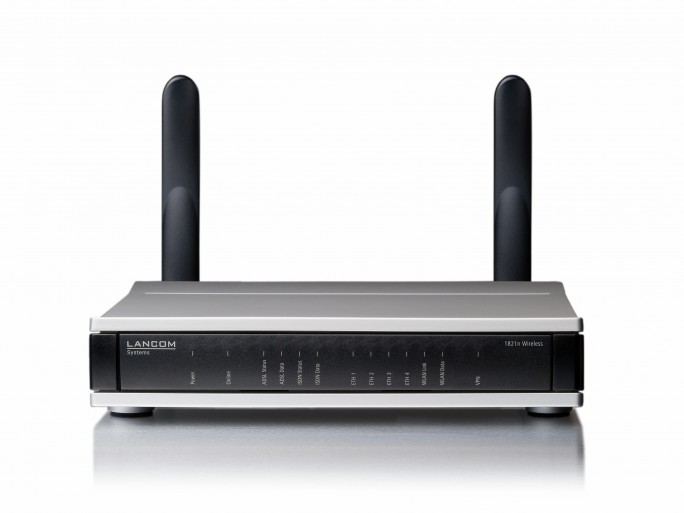Capstan: UK channel can capitalise on impressive WLAN growth

Distributor says $1 billion market is growing faster than ever
The channel can capitalise on the booming wireless LAN market, according to specialist distributor Capstan, as market revenues head towards the billion dollar mark.
A report from International Data Corporation (IDC) highlighted strong global growth for WLAN, with 12.7 percent revenue growth in the second quarter to reach $950.8 million. This included a 24.8 percent increase in the enterprise space.
The EMEA region showed impressive year on year growth of 30.2 percent during the quarter. The fastest growing region was Japan with 64.2 percent growth, as the overall market grew for the seventh quarter in a row.
One reason for the strong growth, according to IDC’s Rohit Mehra, director, Enterprise Communications Infrastructure, is the “additional boost from the education segment buying season”.
He added: “Along with the increasing use of Wi-Fi by service providers to offload cellular data traffic, current market drivers in key enterprise verticals such as education will ensure the market for enterprise-class WLAN devices and solutions will see continued traction, and that the market is expected to stay vibrant for the foreseeable future.”
Hewlett Packard, which released a slew of wireless networking related products in June, underperformed in the sector, while Cisco saw strong growth with WLAN revenues hitting $498 million as it grabbed 52.3 percent of the market. Aruba also grew revenues and gained market share, accounting for 11.1 percent of the enterprise WLAN market.
Others, such as Lancom, whose products are distributed in the UK by voice and data distributor Capstan Communications, made up 20.2 percent of the market.
Capstan marketing director Mike Smythe told ChannelBiz UK that the strong growth in WLAN spending has been evident in the UK channel.
“What we are seeing in the comms space is people are starting to understand how wireless can fit into their portfolio,” Smythe said. “I definitely think we are seeing growth over the last four to five months faster than at the start of the year.”
This is because of trends such as BYOD as there are advances in wireless technology increasing bandwidth. Wireless access is becoming increasingly ubiquitous in many areas.
As well as the popularity it enjoys in the education sector Smythe thinks the WLAN market has benefited from increased visibility – reminding customers of the benefits.
“The free wi-fi on the underground over the Olympics certainly raised the profile of offering wi-fi from a public internet access position,” he said, adding that BYOD from an internal corporate standpoint is growing as well.
Smythe anticipates further growth as WLAN services become increasingly popular. “Definitely – at least into the next year if not way beyond, because of things like 802.11u standard and the wireless standards are improving all the time, increasing range and bandwidth,” he said.
Furthermore, the increase in tablet and mobile devices – the second screen devices – is only going to put more pressure on the 3G and mobile operators, and until 4G is put in place they are going to look to offload some of the data onto wi-fi.
This means plenty of opportunity for the channel in supplying BYOD services, or for those working with government departments.
“For the channel it is more about bring your own device and public access,” Smythe said. “Or, if the channel are involved with government as well because the government are looking in a lot of the London boroughs to put in public wi-fi and they are looking to use their existing street furniture to put the network in place.”
“So I think that the growth we have seen this year is the early adopters and that growth will only increase as more mainstream organisations come on board,” he added.